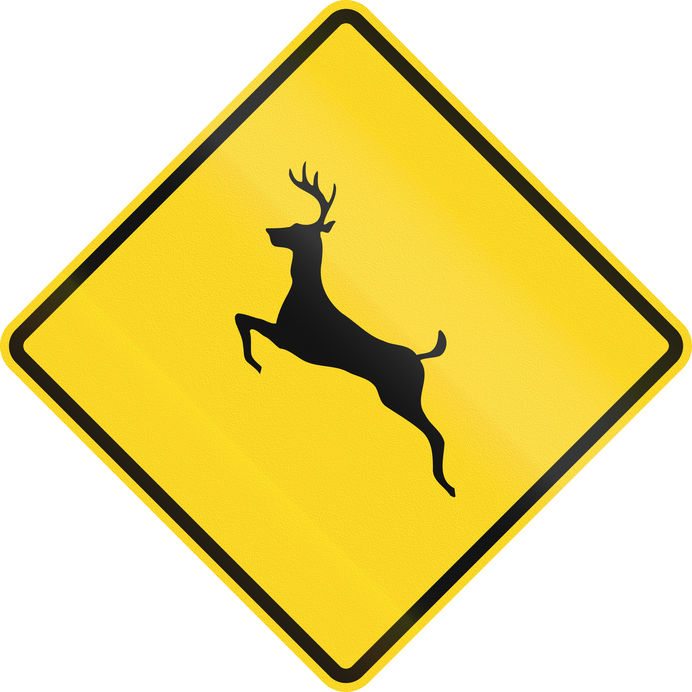What To Do About Hitting A Deer
It’s the classic hitting a deer horror story. You are driving along a road, it may be bright and sunny or dark and hard to see, then WHAM. Something that has not embraced natural selection comes barreling in front of or into your car. Yup. You, like any of the approximately 1.23 million people a year have hit a deer. They dart out, leap out and run out onto twisty roads or even busy highways, so it is no surprise that hitting a deer is a common fear and a common occurrence.
In fact, September through November tend to be the months with the highest rates of deer collisions. Auto body shops report repairing collisions from people hitting a deer as soaring during this three-month period of time. What is affectionately known as “deer season” is when the population is at its highest. As such, that means there are more (and more inexperienced) deer running around, increasing the likelihood of hitting a deer.
Further, not only are deer collisions scary, they cause a reported $1.1 billion in property damages.
Defensive Deer Driving
Sometimes, hitting a deer just can’t be helped. Of course, the best way to try and avoid becoming a “hitting a deer” statistic is to be vigilant. Just like you practice defensive driving for other drivers, you can, too, for deer.
Stay vigilant in high deer-risk areas, especially during these months. Deer tend to be most active around dawn and ducks, so be extra aware then. And, at night, use your high beams when possible, since the light illuminates their eyes in the dark. Keep an eye out for deer crossing signs. Even in areas without those signs, be on the lookout around forests and farmland.
They are also herd animals, so if you see one, there’s probably more. Look around for groups if you see just one deer. Drive slowly and carefully and brake if you can, allowing a crossing herd to cross. Blowing your horn can scare them away, too.

If You are About to Hit a Deer
It may sound counterintuitive, but if you are moments away from hitting a deer, don’t swerve. Most experts recommend bracing and staying the course instead. Braking over swerving always.
You should keep both hands firmly on the wheel and brake. You should do your best to stay in your lane – a clipped deer is going to be less dangerous than causing an accident with another driver. Though swerving may be instinct, it is actually worse than hitting a deer. Aside from possibly hitting another car, you could easily slam into a tree or go over a guardrail. Stay straight and brake hard.
After You Hit a Deer
If you do happen to hit a deer, the first thing you should do is call 911. If your car is still driveable and you are not on a busy highway with high accident risk, consider staying near the deer with your hazards on. This will help other drivers not hit it. You will not want to approach or touch the deer. If it is just stunned, it will get up and go off on its own and you being nearby could be unsafe. If it is injured, you could scare it, causing it to hurt itself more.
After police arrive, follow their instructions to fill out a report. You should then call your insurance to report the incident. You may need to provide the police report number, too. Don’t worry about the deer, if it is injured or deceased – the police will handle that. Hitting a deer is generally covered by insurance but it’s good to check. If you are worried about your deductible, Orlando Auto Body can help with that.

